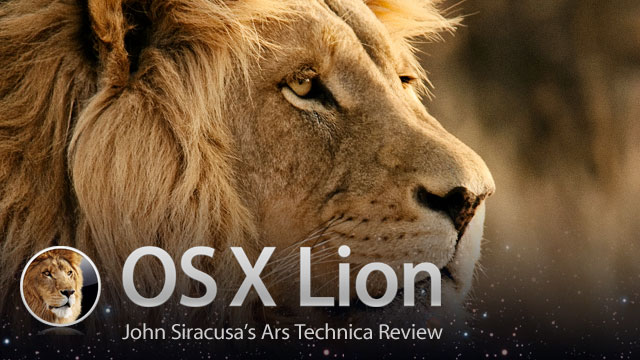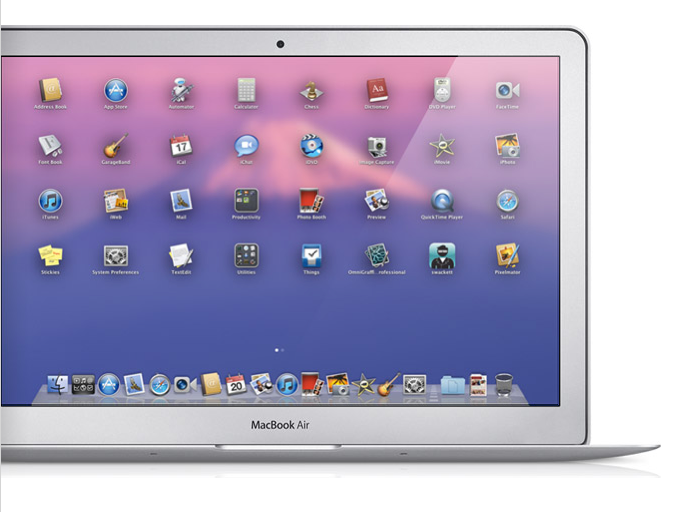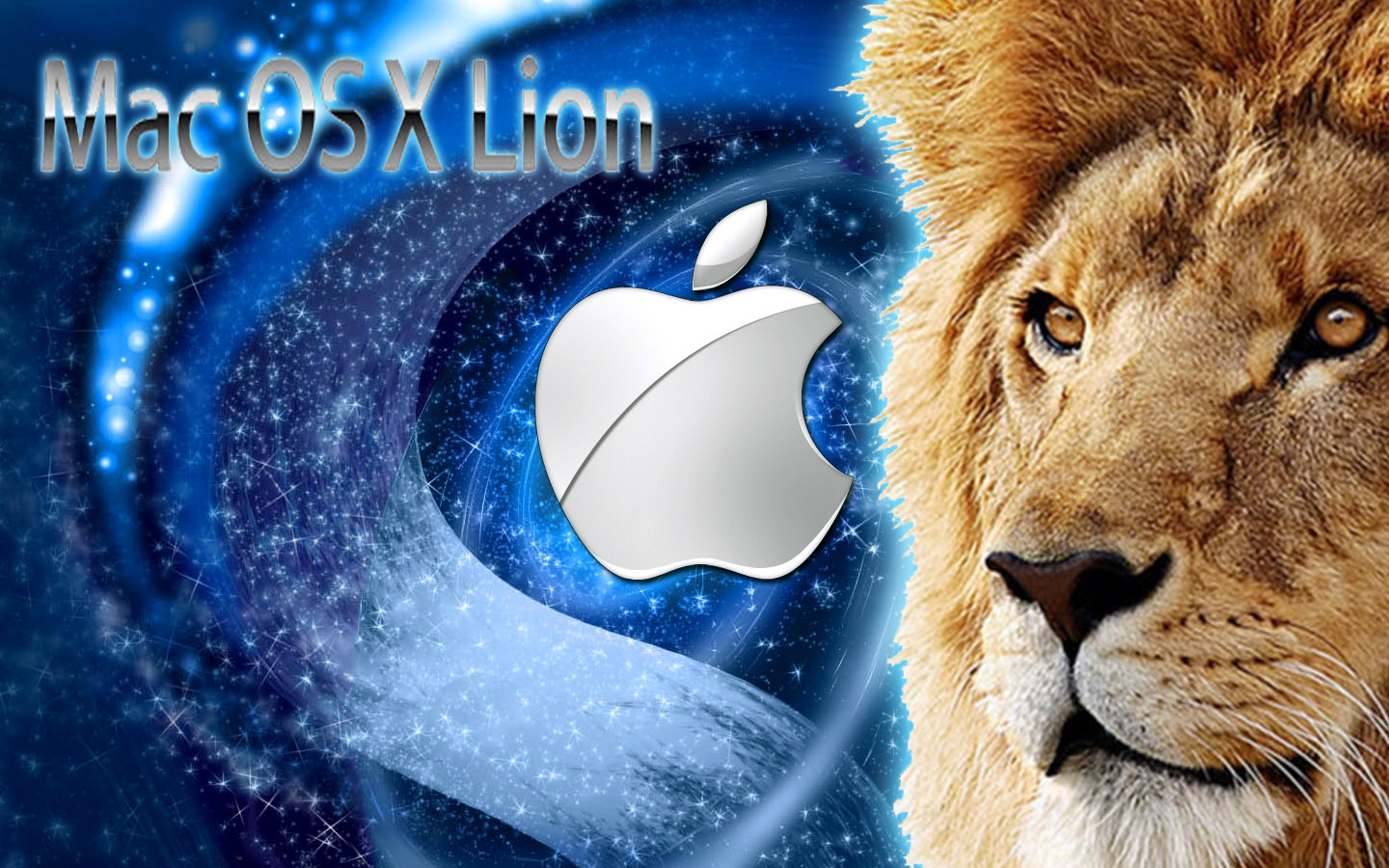

Still, this is the most significant release of Mac OS X in many years-perhaps the most significant release ever. Apple pegs Lion at 250+ new features, which doesn't quite match the 300 touted for Leopard, but I guess it all depends on what you consider a "feature" (and what that "+" is supposed to mean).

Let's put aside the pessimistic prognostication for now and consider Lion as a product, not a portent.
#Mac lion os for mac os x#
At the very least, it seems like the end of the big cat branding-after all, where can you go after Lion? Is this process of taking the best from iOS and bringing it back to the Mac platform just the first phase of a complete assimilation? Is Lion the end of the line for Mac OS X itself? In this context, the name Lion starts to take on darker connotations. Despite plausible official explanations, it was hard to shake the feeling that Apple's burgeoning mobile platform was stealing resources-not to mention the spotlight-from the Mac. Its successor, Snow Leopard, famously arrived with, concentrating instead on internal enhancements and bug fixes. Leopard arrived later than expected, and in the same year that the iPhone was introduced. Steve Jobs presents the first seven releases of Mac OS X in a slightly unusual format Why bring the cat theme back to the forefront now? The public "big cat" branding for Mac OS X only began with Jaguar code names for the two earlier versions were not well known outside the developer community and were certainly not part of Apple's official marketing message for those releases. Such brief retrospectives are de rigueur at major Mac OS X announcements, but long-time Apple watchers might have felt a slight tingle this time. Instead, Steve Jobs simply called the new operating system "a sneak peek at where we're going with Mac OS X."īehind Jobs, the screen listed the seven previous major releases of Mac OS X: Cheetah, Puma, Jaguar, Panther, Tiger, Leopard, and Snow Leopard. The presentation was understated, especially compared to the bold rhetoric that accompanied the launches of the iPhone ("Apple reinvents the phone") and the iPad ("a magical and revolutionary device at an unbelievable price").
#Mac lion os for free#
Download for free OS X Lion on Apple’s support page here or OS X Mountain Lion on Apple’s support page here.Mac OS X 10.7 was first shown to the public in October 2010.Pay for OS X Lion and Mountain Lion $19.99 through the Apple Store.
#Mac lion os install#
So if by any chance you have an old Mac and want to install an old version, you can choose one of the two paths: The new M1 Macs, for example, can only be restored to macOS 11 Big Sur. For example, only Macs launched before 2012 are eligible to install them and the user must factory reset their computer to be able to run these older OS X systems. Why would I install an older Mac OS X software?Īs for now, a limited number of Macs can install these old operating systems. OS X Snow Leopard 10.6.8, Lion 10.7, or Mountain Lion 10.8 already installedĪpple notes that Macs shipped with Mac OS X Mountain Lion cannot install OS X Lion while Macs shipped with Mac OS Mavericks or later cannot install Mountain Lion.Mac OS X Mountain Lion requires the following technologies: Some features require a compatible Internet service provider fees may apply.Some features require an Apple ID terms apply.OS X Snow Leopard 10.6.6 or later or OS X Lion 10.7 already installed.Mac computer with an Intel Core 2 Duo, Core i3, Core i5, Core i7, or Xeon processor.Mac OS X 10.7 Lion is available for older systems that are not compatible with the latest version of macOS and requires the following: Ten years ago, users needed to pay Apple $19.99 for the latest version of its OS X, and now you can finally download these two for free.Īs reported by MacWorld, through support pages, it’s possible to download them for free.

Released in 20, Mac OS X Lion and OS X Mountain Lion were the last paid software updates for the Mac.


 0 kommentar(er)
0 kommentar(er)
